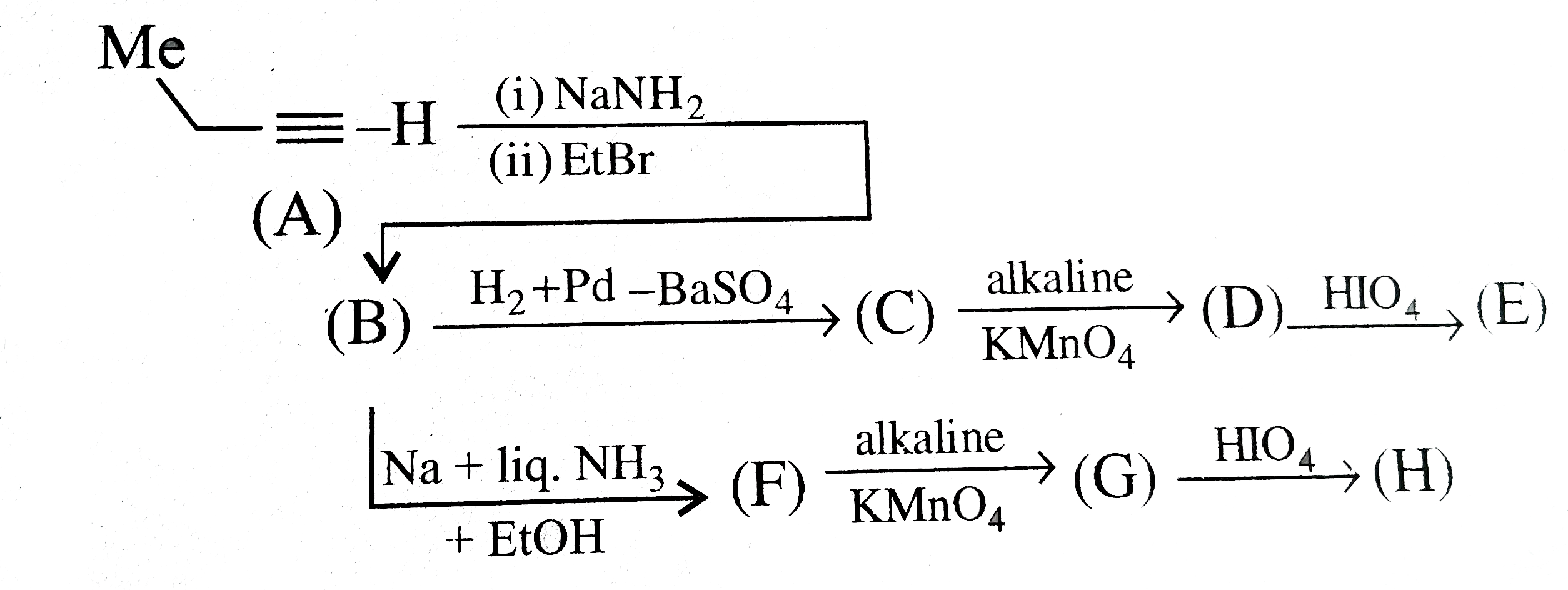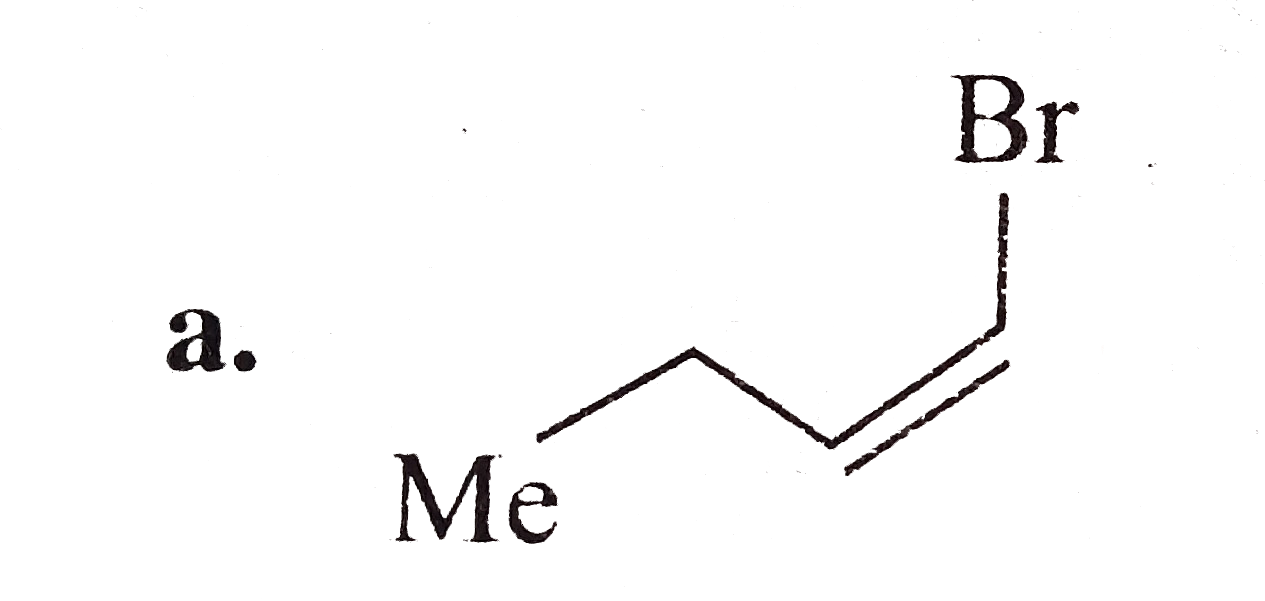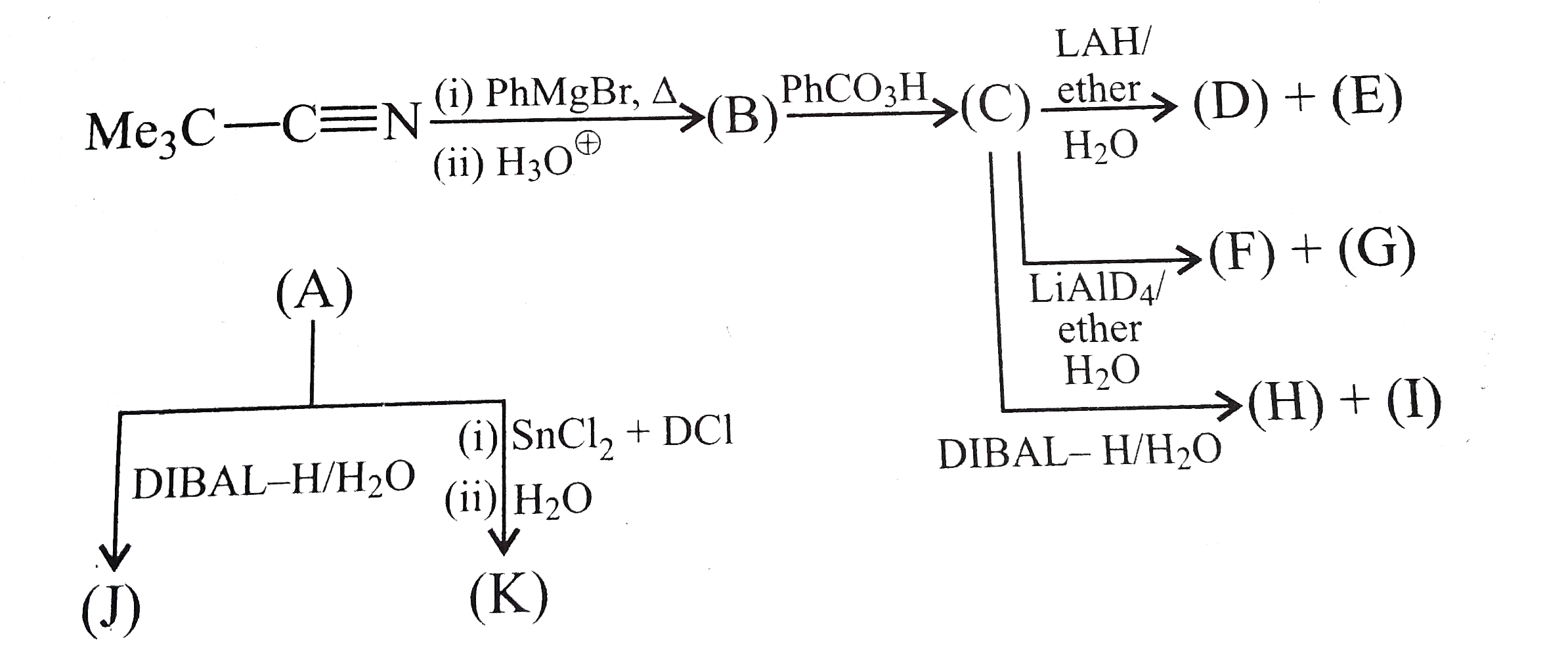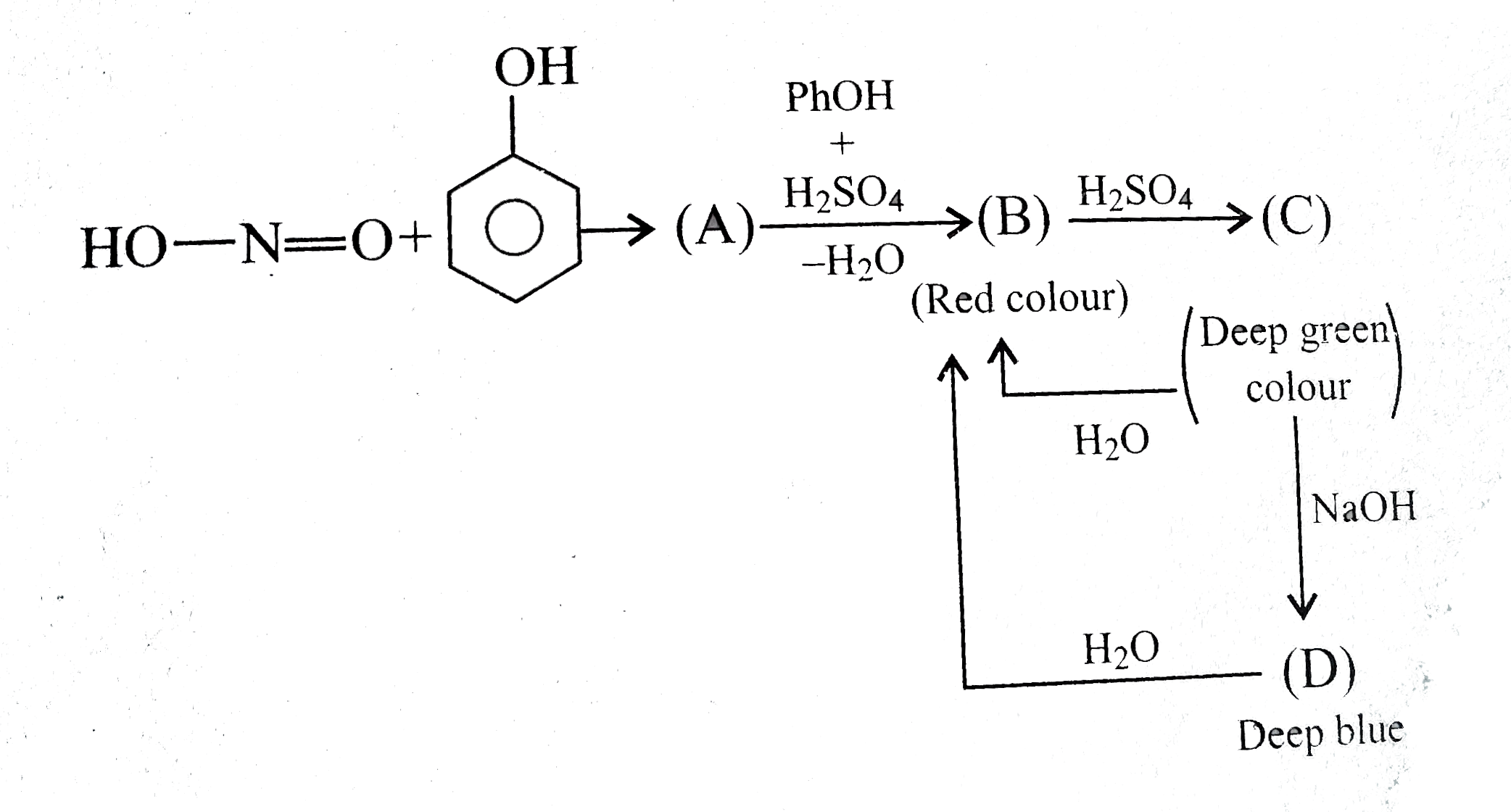
The compound (D) is:
A
a.
B
b.
C
c.
D
d.Both (b) and (c)
Video Solution
Text Solution
The correct Answer is:A

(Since two (−OH) group are in anti position, for periodic cleavage, two (−OH) must be in syn (or cis) position.)
|
Topper's Solved these Questions
- REDUCTION AND OXIDATION REACTION OF ORGANIC COMPOUNDSBOOK - CENGAGE CHEMISTRYCHAPTER - REDUCTION AND OXIDATION REACTION OF ORGANIC COMPOUNDSEXERCISE - Exercise (Multiple Correct)
35 Videos
- REDUCTION AND OXIDATION REACTION OF ORGANIC COMPOUNDSBOOK - CENGAGE CHEMISTRYCHAPTER - REDUCTION AND OXIDATION REACTION OF ORGANIC COMPOUNDSEXERCISE - Exercise (Single Correct)
90 Videos
- REDUCTION AND OXIDATION REACTION OF ORGANIC COMPOUNDSBOOK - CENGAGE CHEMISTRYCHAPTER - REDUCTION AND OXIDATION REACTION OF ORGANIC COMPOUNDSEXERCISE - Exercise
11 Videos
- QUALITATIVE INORGANIC SALT ANALYSISBOOK - CENGAGE CHEMISTRYCHAPTER - QUALITATIVE INORGANIC SALT ANALYSISEXERCISE - Viva Voce Questions And Part-C (Analysis Of Cations)
42 Videos
- SOLID STATEBOOK - CENGAGE CHEMISTRYCHAPTER - SOLID STATEEXERCISE - Ex 1.2 (Objective)
9 Videos
Similar Questions
Knowledge Check

The compounds (D) is:Aa. Bb.
Bb. Cc.
Cc. Dd.
Dd.
Compound A gives D-Galactose and D-Glucose on hydrolysis. The compound A is :
AAmyloseBSucroseCMaltoseDLactoseIn the following sequence of reactions,

Which of the statements are correct about the compound (D)?A B
B C
C DIN E2 elimination, the most acidic H atom is removed. The inductive effect (−I) of Br atom increases the acidity of H atoms to which Br atoms are bonded.
DIN E2 elimination, the most acidic H atom is removed. The inductive effect (−I) of Br atom increases the acidity of H atoms to which Br atoms are bonded.
Decreasing acidity of H atom in (B) is as follows:
H at C−1>H at C−2>H at C−3








